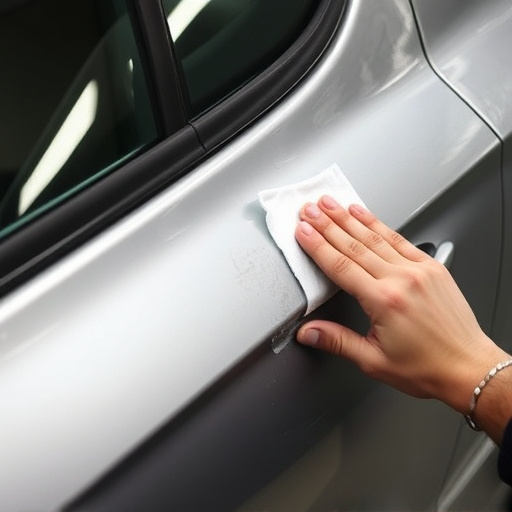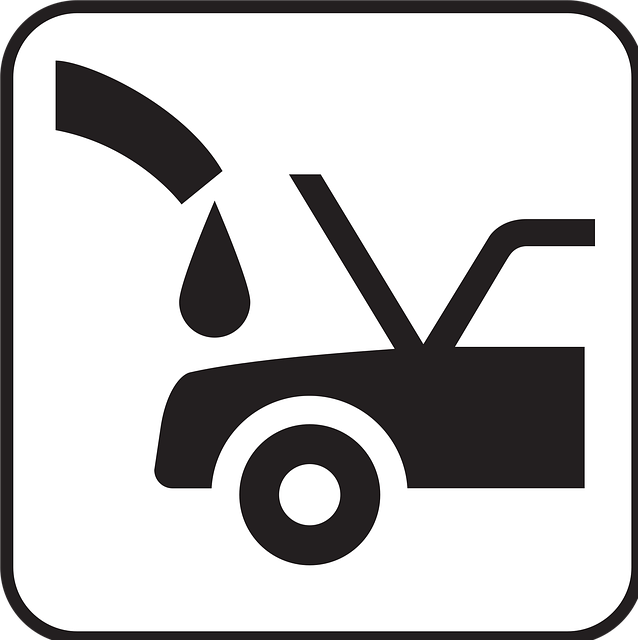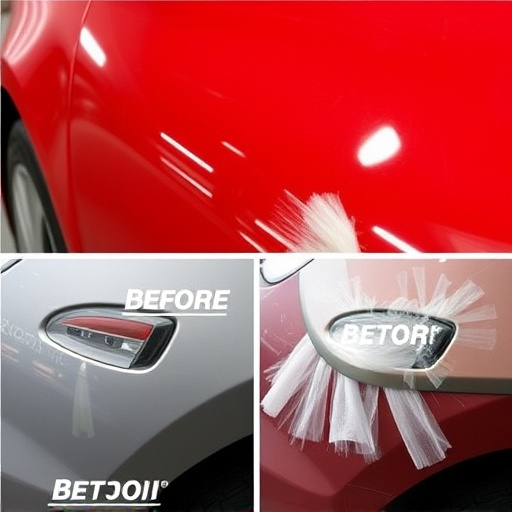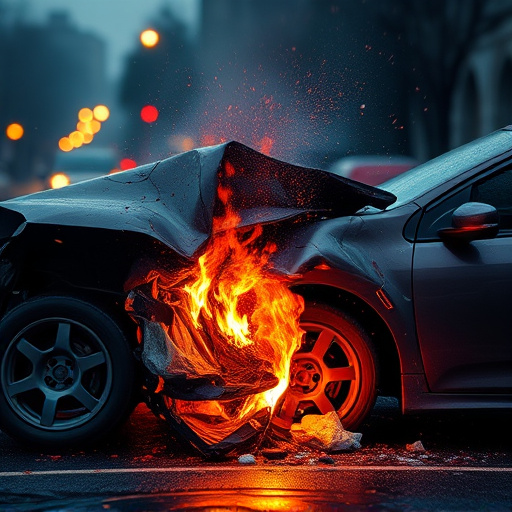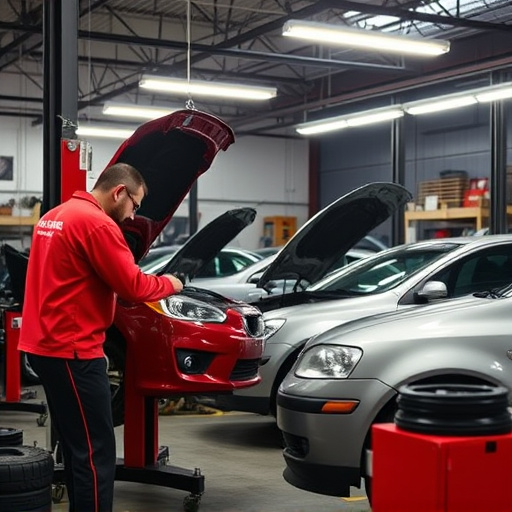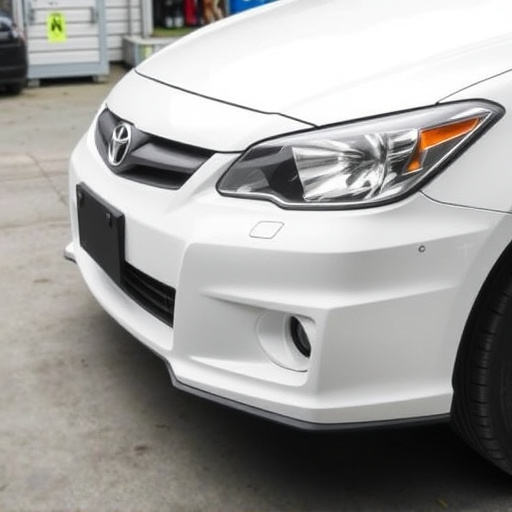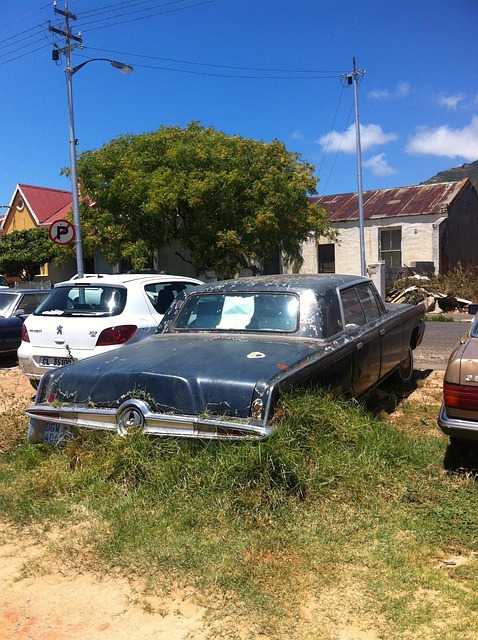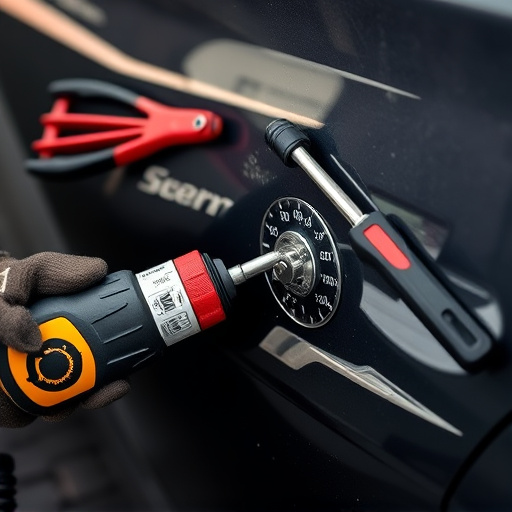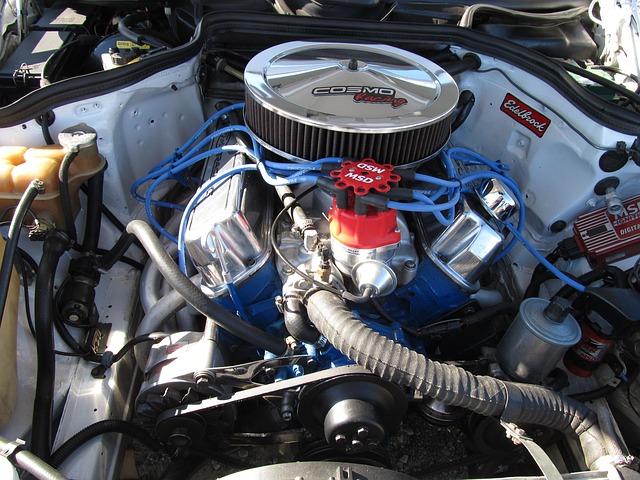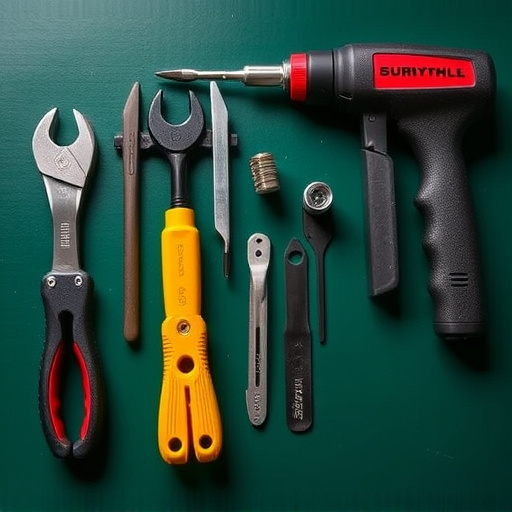Flood damaged vehicle repair focuses on crucial HVAC system assessment and restoration. Specialists inspect and dry components to prevent mold and ensure safe, comfortable interiors. Skilled technicians use specialized tools for thorough drying, sanitization, and component replacement, enhancing passenger safety and air quality.
After a flood, restoring a vehicle goes beyond fixing exterior and interior damages. HVAC (Heating, Ventilation, and Air Conditioning) systems are particularly vulnerable, requiring meticulous attention during flood damaged vehicle repair. This article guides you through crucial steps to ensure safety and efficiency. First, assess the extent of water intrusion on HVAC components. Next, implement effective drying and dehumidifying techniques for optimal repair. Finally, restore ventilation to maintain air quality and guarantee safe operation once the vehicle is back on the road.
- Assessing Flood Damage to HVAC Systems
- Drying and Dehumidifying for Effective Repair
- Restoring Ventilation for Safe Operation
Assessing Flood Damage to HVAC Systems
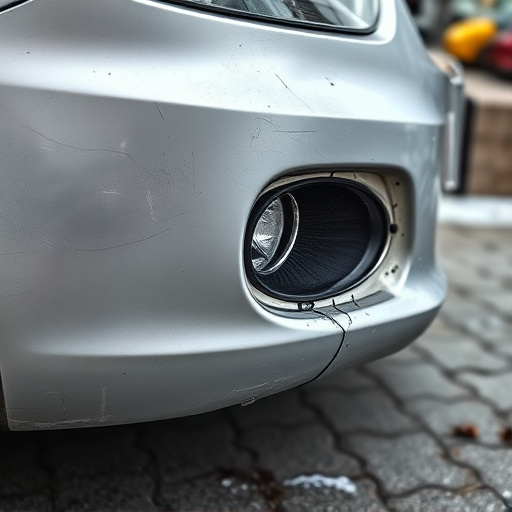
When a vehicle experiences flooding, assessing the damage to its HVAC (Heating, Ventilation, and Air Conditioning) systems is crucial. Flood damaged vehicle repair specialists begin by meticulously examining all components, from the evaporator coils to the ductwork and air filters. They look for signs of water intrusion, corrosion, or mold growth, as these can affect not only the comfort of the occupants but also their health.
The process involves using specialized tools to detect any hidden damage and checking the system’s functionality. Auto repair services that specialize in fender benders and minor accidents have the expertise to restore these systems to their pre-flood condition. By ensuring proper ventilation and a clean environment, they contribute to the overall restoration of the vehicle, making it safer and more comfortable for future use.
Drying and Dehumidifying for Effective Repair
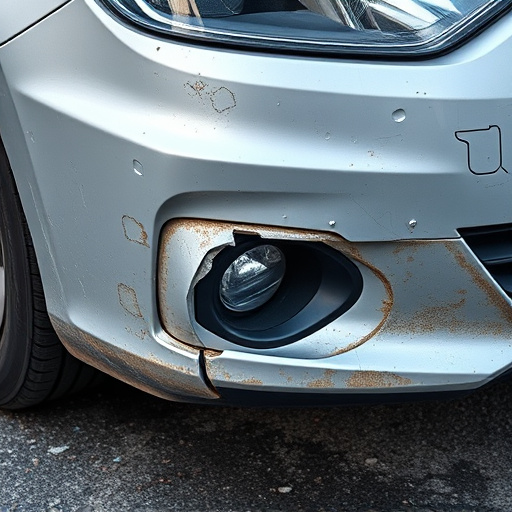
After a flood, the initial focus is often on salvaging the visible components of a vehicle. However, for comprehensive flood damaged vehicle repair, paying close attention to the drying and dehumidifying process is paramount. Moisture left behind can cause not only secondary damage but also foster mold growth, which poses health risks and compromises the interior air quality.
Professional auto repair services in collision centers are equipped with specialized tools and knowledge to efficiently dry out all affected areas, including the HVAC and ventilation systems. This meticulous process involves using dehumidifiers, heaters, and other equipment to restore optimal conditions, ensuring that when the vehicle is repaired, it does so in a safe and healthy environment free from unwanted moisture and potential contaminants.
Restoring Ventilation for Safe Operation
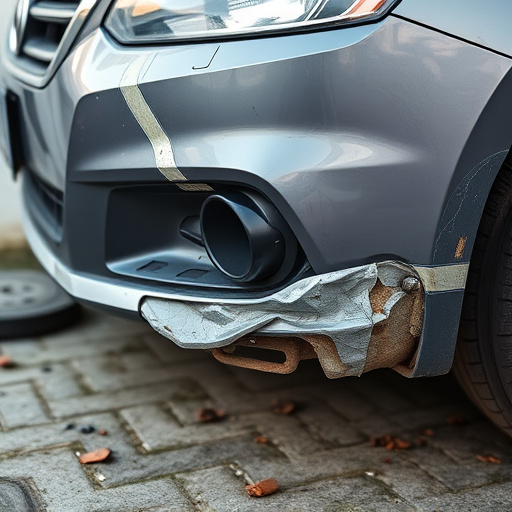
After a flood, restoring a vehicle’s HVAC and ventilation systems is crucial for both passenger safety and comfort. The water intrusion during flooding can cause severe damage to these intricate components, leading to malodor, mold growth, and even health risks if not addressed promptly. Skilled technicians in flood damaged vehicle repair employ specialized equipment and techniques to thoroughly dry out and sanitize affected areas. They inspect for any structural integrity issues, ensuring the ventilation system is safe to operate without posing potential hazards like electrical shorts or compromised air quality.
Proper restoration involves more than just fixing visible damage. It entails replacing contaminated filters, drying out damp parts, and treating affected areas with antimicrobial solutions. For luxury vehicles, car paint repair techniques may be employed to maintain the vehicle’s aesthetic appeal while ensuring the underlying ventilation system functions optimally. This meticulous process guarantees that when the vehicle is back on the road, its passengers can enjoy fresh, clean air, free from the remnants of flood water.
In the aftermath of a flood, restoring a vehicle’s HVAC and ventilation systems is crucial for ensuring a safe and comfortable driving environment. By assessing damage, implementing proper drying and dehumidifying techniques, and meticulously restoring ventilation, professionals in flood damaged vehicle repair can effectively revive these vital components. This comprehensive approach guarantees that not only is the vehicle’s functionality restored, but also that any potential health risks associated with mold or mildew are mitigated.
